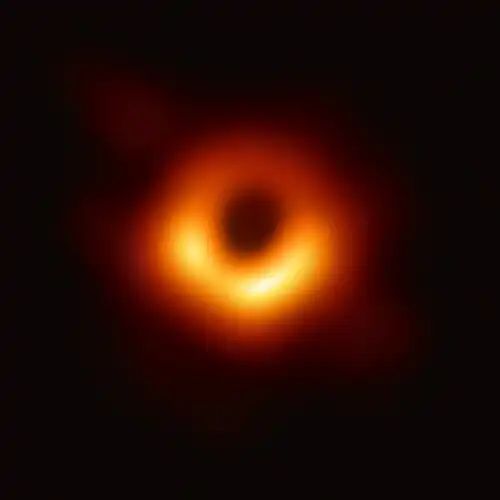IRAS 13224-3809
IRAS 13224-3809 is a highly active and fluctuating Seyfert 1 galaxy in the constellation Centaurus[2] about 1 billion light-years from Earth.[3][5][6] The galaxy is notable due to its centrally-located supermassive black hole that is closely studied by astronomers using x-ray astronomy, particularly X-ray reverberation echo mapping techniques, in an effort to better understand the inner workings, including mass and spin, of black holes.[3][5]
| IRAS 13224-3809 | |
|---|---|
| Observation data (J2000[1] epoch) | |
| Constellation | Centaurus[2] |
| Right ascension | 13h 25m 19.38s[1] |
| Declination | −38° 24′ 52.61″[1] |
| Redshift | 0.06580 ± 0.00018 |
| Distance | 1 billion light-years[3] |
| Apparent magnitude (V) | 13.80[4] |
| Other designations | |
| 2MASX J13251937-3824524; 2MASS J13251937-3824526; GSC 07787-00931; IRAS F13224-3809; 1RXS J132519.4-382445; WISE J132519.39-382452.5; Gaia DR2 6162481890199388928[1] | |
References
- Staff (20 January 2020). "2MASX J13251937-3824524 - Seyfert 1 Galaxy". SIMBAD. Retrieved 20 January 2020.
- Staff (2 August 2008). "Finding the constellation which contains given sky coordinates". DJM.cc. Retrieved 20 January 2020.
- Drake, Nadia (20 January 2020). "Astronomers just got a deep peek at a black hole - Using a technique akin to echolocation, scientists were able to map the region around a distant black hole's event horizon in unprecedented detail". National Geographic Society. Archived from the original on 20 January 2020. Retrieved 20 January 2020.
- "Search specification: IRAS 13224-3809". HyperLeda. Université Claude Bernard Lyon 1. Retrieved 23 February 2021.
- Alston, William N.; et al. (20 January 2020). "A dynamic black hole corona in an active galaxy through X-ray reverberation mapping". Nature Astronomy. 4 (6): 597–602. arXiv:2001.06454. Bibcode:2020NatAs...4..597A. doi:10.1038/s41550-019-1002-x. hdl:1721.1/129519. S2CID 210713866. Retrieved 20 January 2020.
- University of Southampton (20 January 2020). "Echoes of light help scientists map the behaviour of a black hole". Technology.org. Retrieved 20 January 2020.
External links
- SIMBAD
- SIMBAD/ascii
- IRAS 13224-3809 on WikiSky: DSS2, SDSS, GALEX, IRAS, Hydrogen α, X-Ray, Astrophoto, Sky Map, Articles and images
- Black holes (video; 3:11; National Geographic Society) on YouTube
This article is issued from Wikipedia. The text is licensed under Creative Commons - Attribution - Sharealike. Additional terms may apply for the media files.
